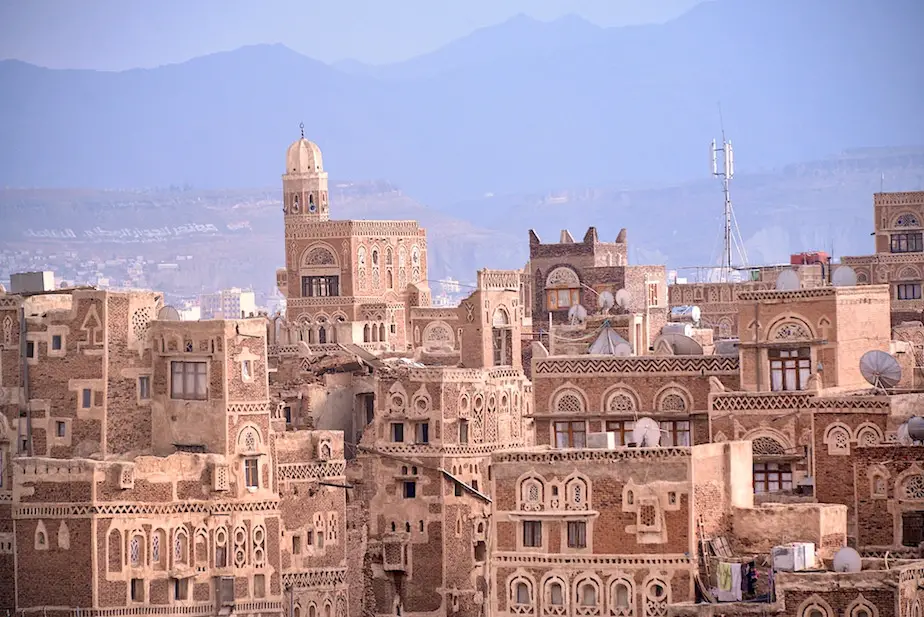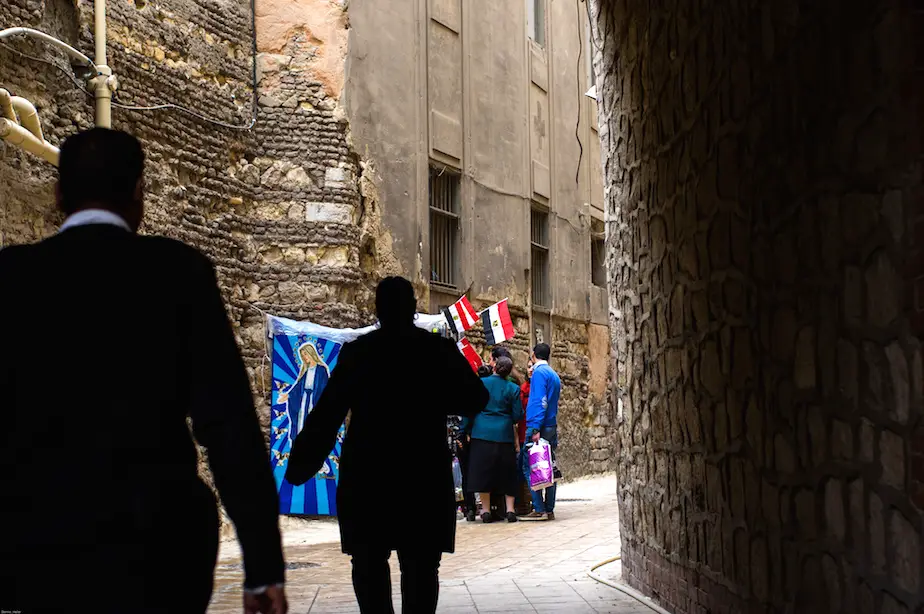Can the humble alphabet promote civic engagement in cities? This is the intention of Look At Your City’s latest initiative Alphabet Cities, which launched this month in Genoa, Italy.
People seem to be obsessed by lists. The most popular site in the world – Google – is essentially a shrine to the list, and many of the world’s most popular blog posts are lists of things. Framing issues in this way gives them the coherence needed to understand them. So, if organisation and the clarification of our thinking is the basis for lists, are city maps not lists too? This is the most common tool used to navigate cities, but could less linear maps also provide new insight that is perhaps normally overlooked?
In Italy there is a saying that goes “change from A to Z”, which essentially means wholesale change. Using this as a departure point would it be possible to rethink a city through the alphabet? This is what the AZ Genova initiative attempted over two days in the Italian city of Genoa. The alphabet too is a list, albeit not numerical, and transplanted onto an urban context it becomes a map.

The intention of AZ Genova was to respond to the context of a city facing a crisis by using minimal resources and a do-it-yourself attitude. Each letter of the alphabet was used to represent a theme affecting the city, and within each of these an ephemeral interaction was set-up. These momentary experiences were intended to urge a rethink on the theme that they tackled. Creating this in a city in crisis-hit Italy that is trapped between a sense of nostalgia for the past and desperation for the future, it was hoped to bring people in to the present to re-examine the idea of problems being an inevitability.
If people’s interpretation shapes their reality, then tweaking perception can mediate change. And Genoa is a good place to start as its history is replete with examples of how this works in practice. When the city-republic was a maritime power in the twelfth century, the English fleet sought to secure safe passage in the Mediterranean by adopting Genoa’s flag — the St George’s cross — in exchange for a periodic payment from the monarchy to the Doge, the city’s ruler. A seemingly superficial image swap, altered the perception of the English, and thereby actually changed the way that others interacted with their fleet.

This type of thinking was applied to the Genoa of today. The city’s palazzi embody an admired past that contrast sharply with the dysfunction of the present day social and built environment, and this relationship between nostalgia and the perception of an inevitably deteriorating future has become the central axis of its identity. By modifying the interfaces through which city issues are experienced, a new intangible value can be established, and this could provoke change.
When a parking spot momentarily becomes a pop-up park, or abandoned pubic assets such as closed pedestrian underpasses tell you to “use them”, an instant feedback mechanism is created. This is not common in the built environment, and so it is likely to make passers-by engage with the issue, at least momentarily. Using the alphabet to shape these types of initiatives is a simple and relatable framework that reflects the DIY nature of each framework, but can lead to a robust long-term dialogue in the future. Already alphabet cities have been talked about in countries ranging from Senegal to Slovenia; do you have a new alphabet for your city?
Marco Picardi is an Urbanist and Communications Consultant.


